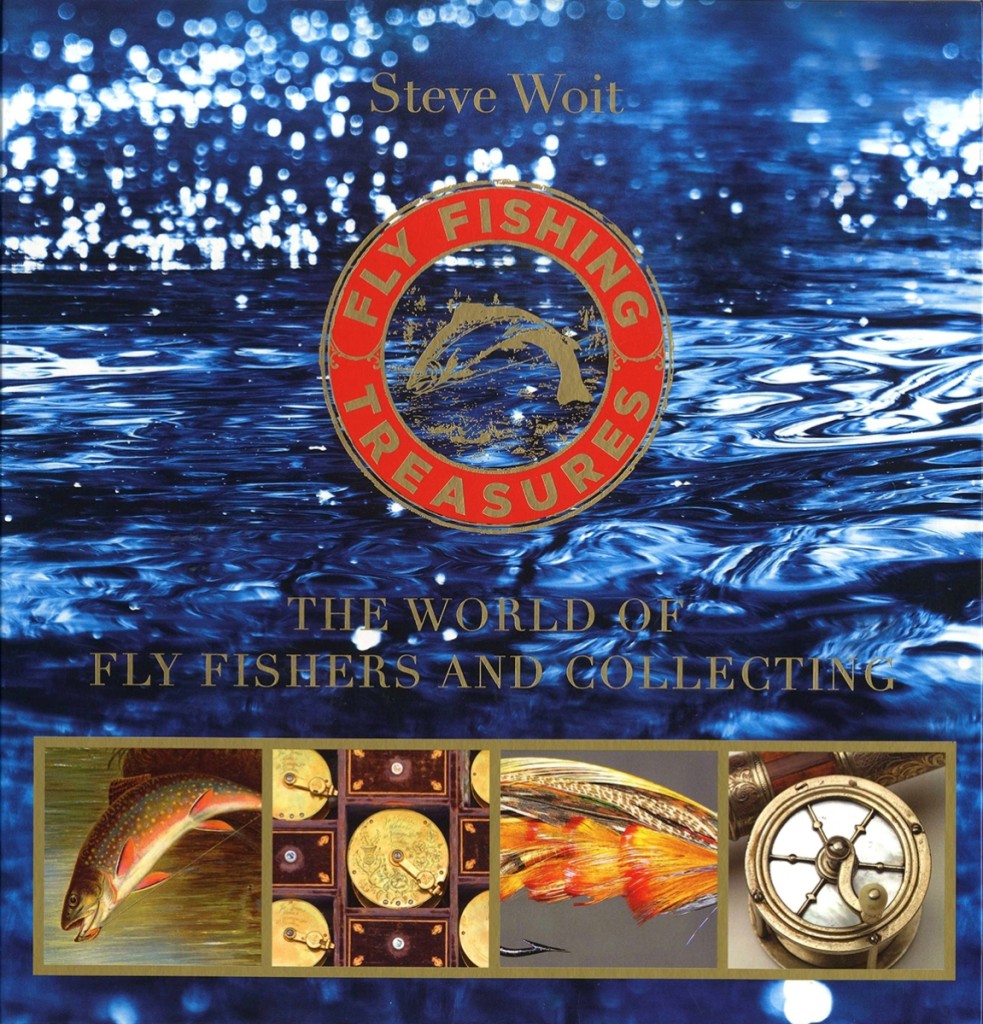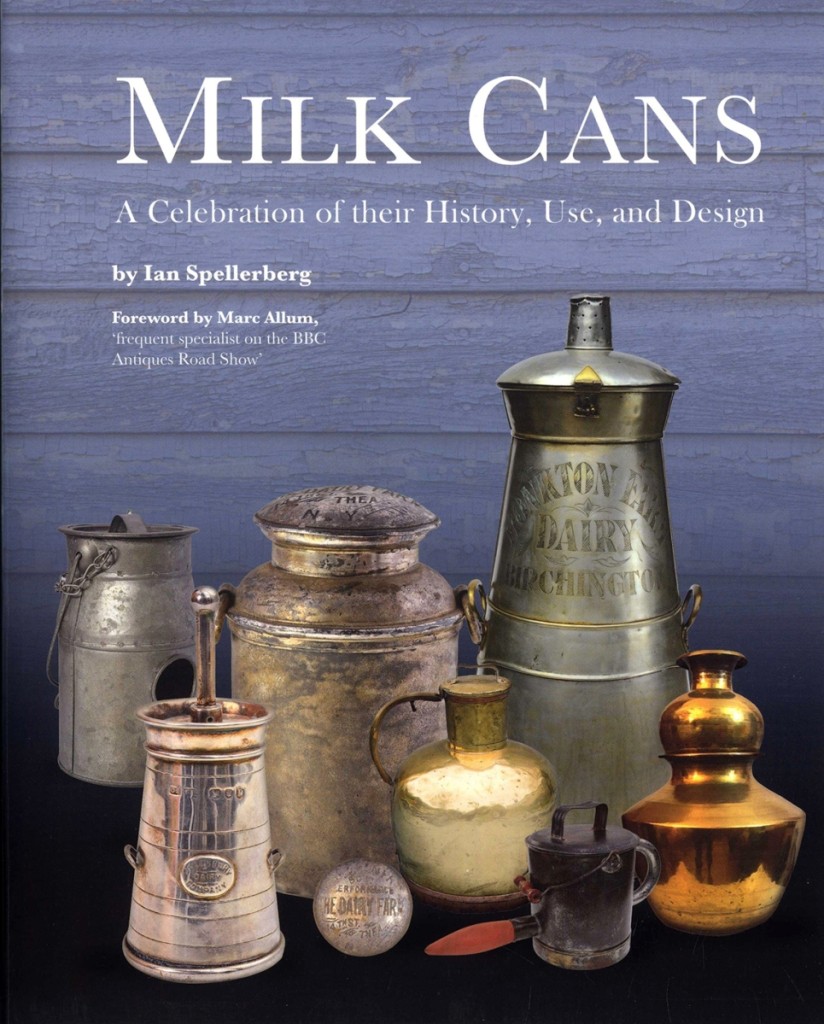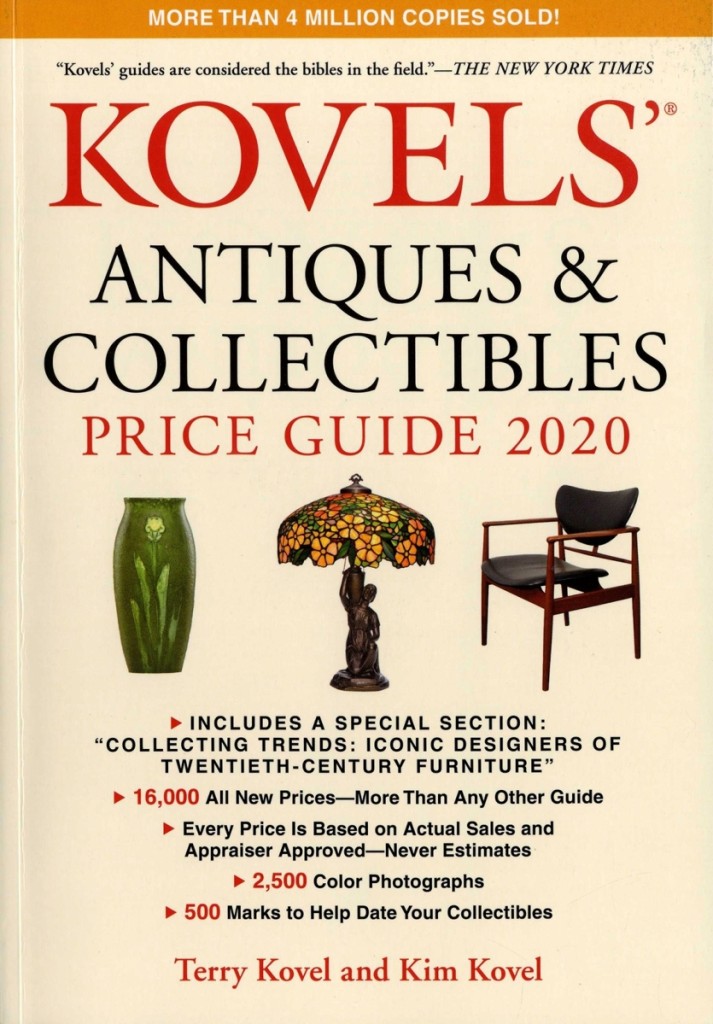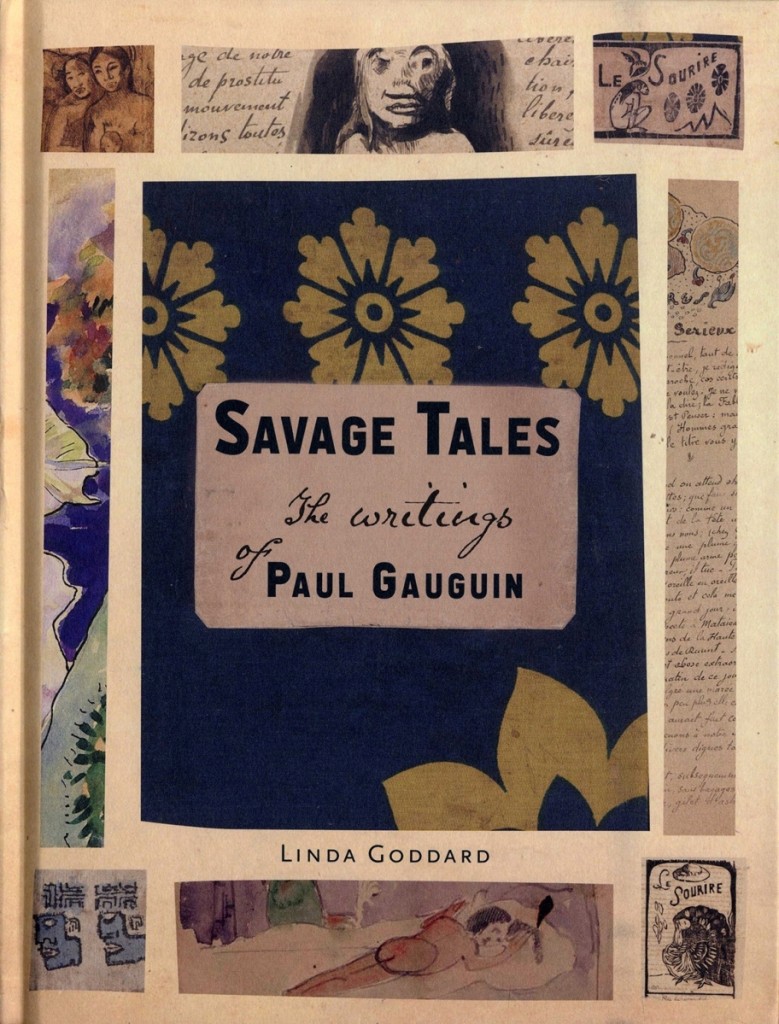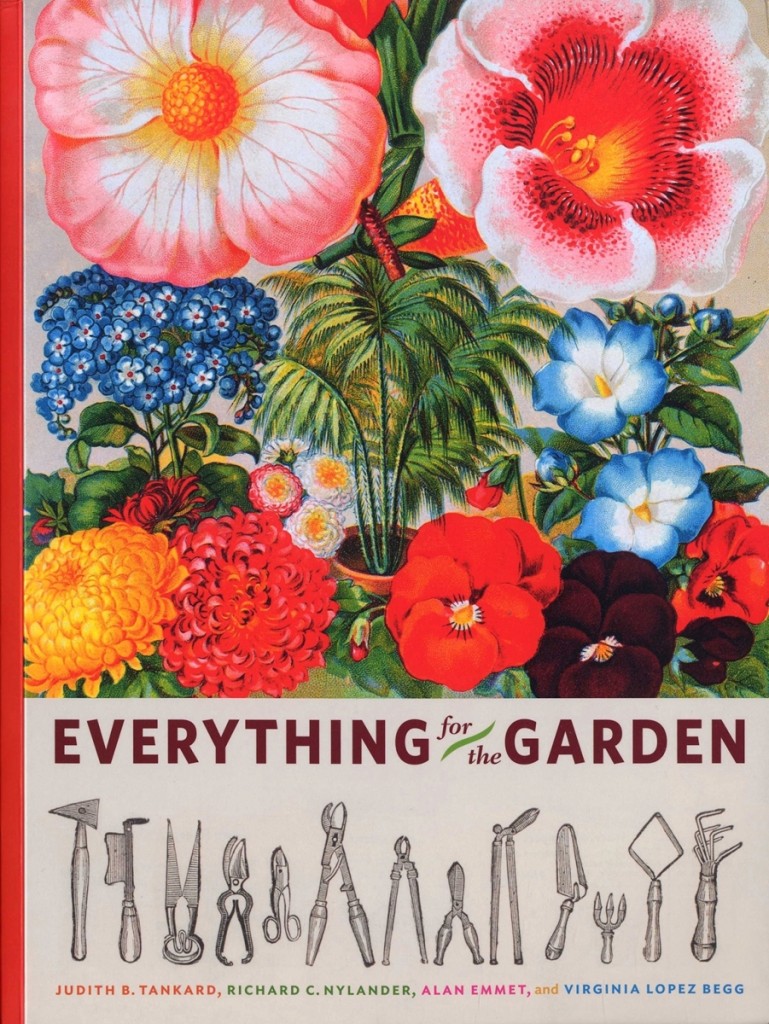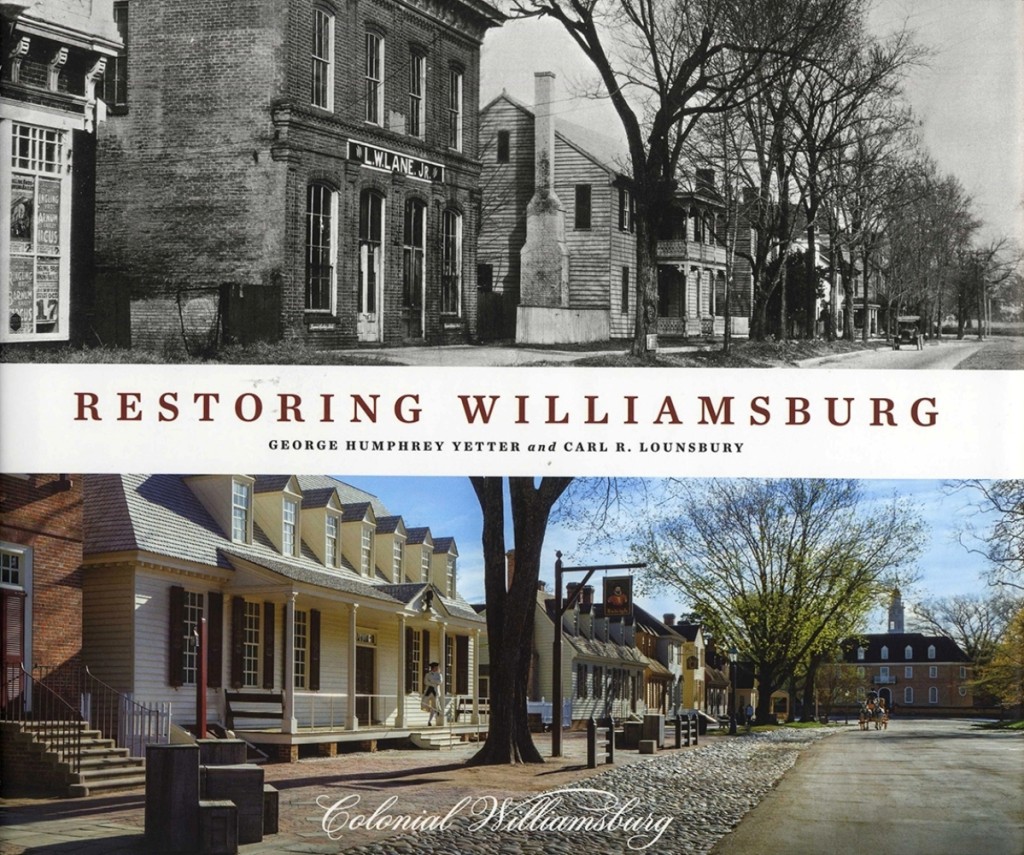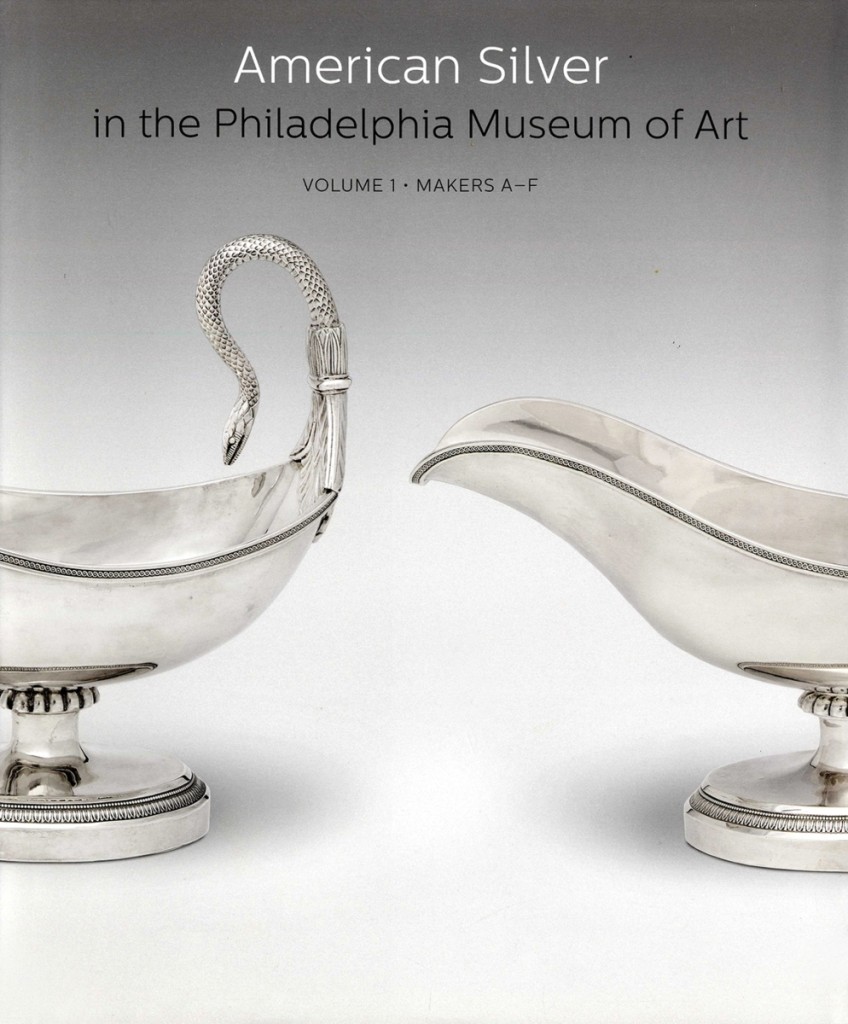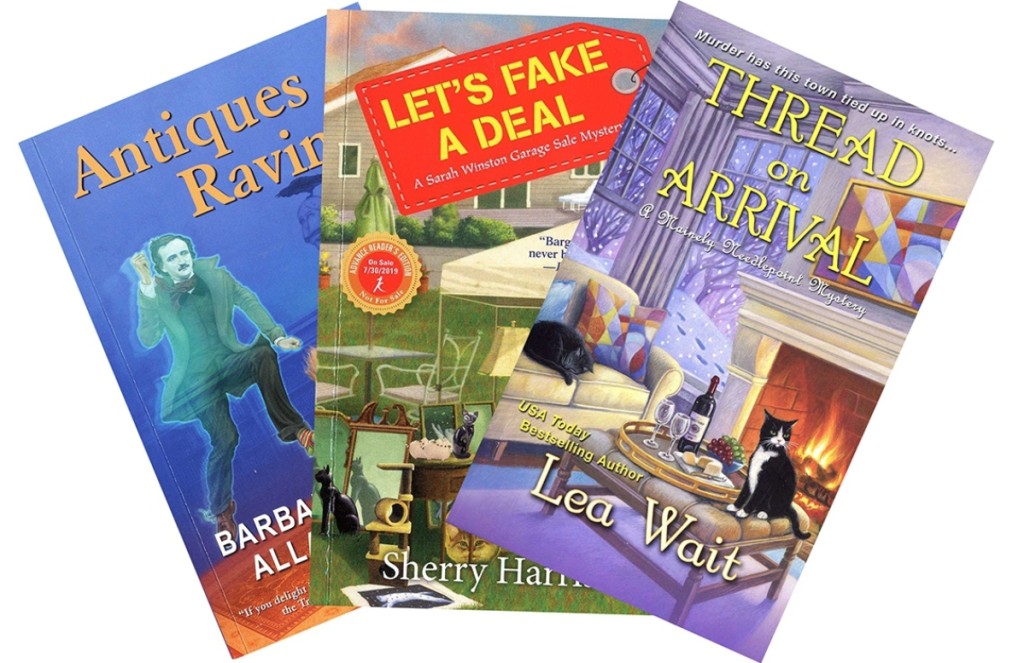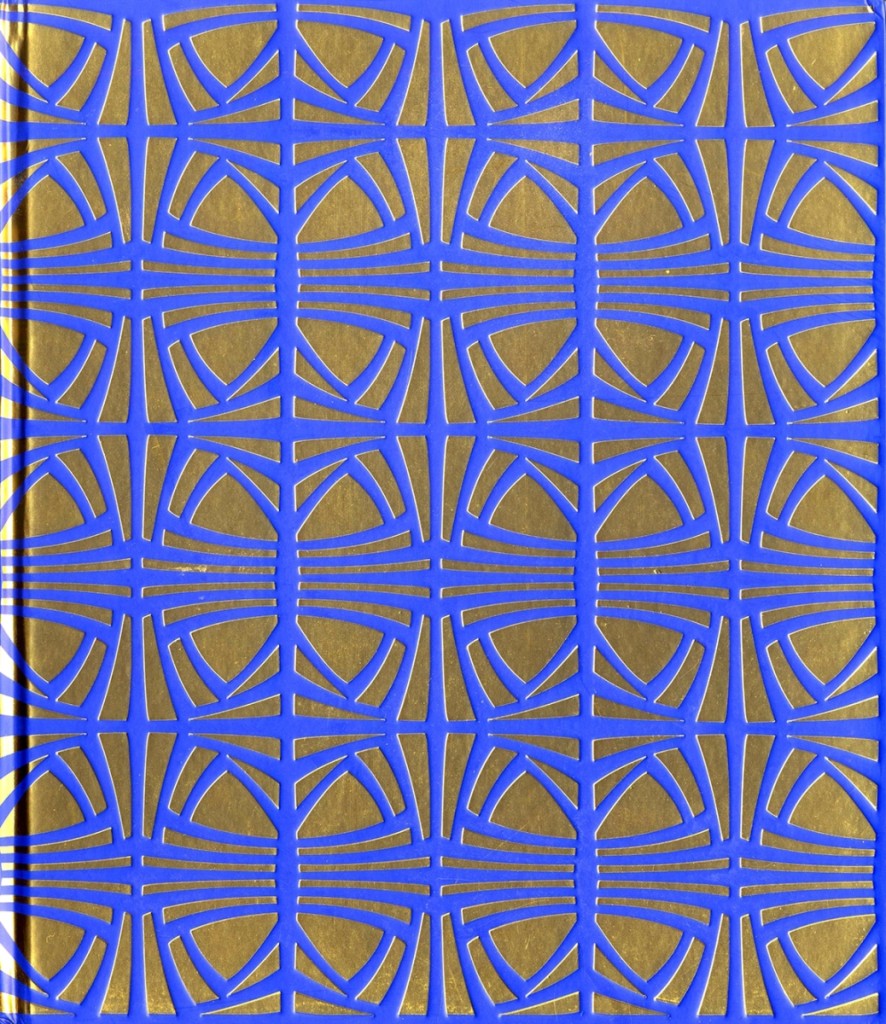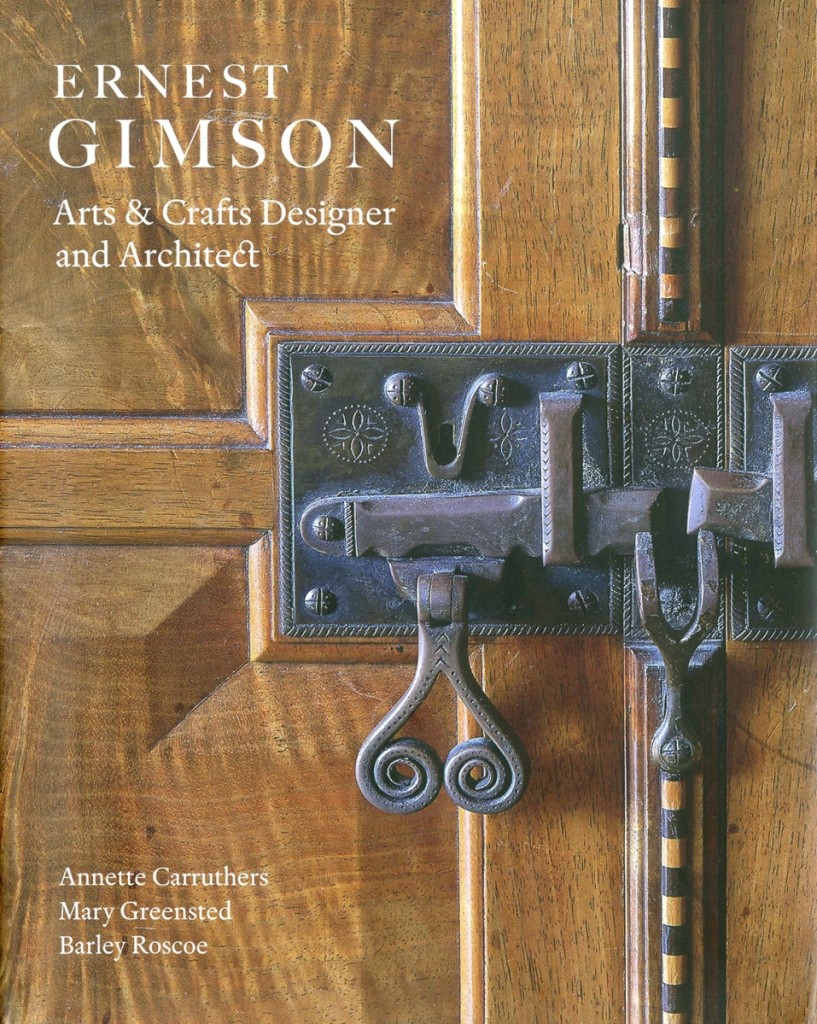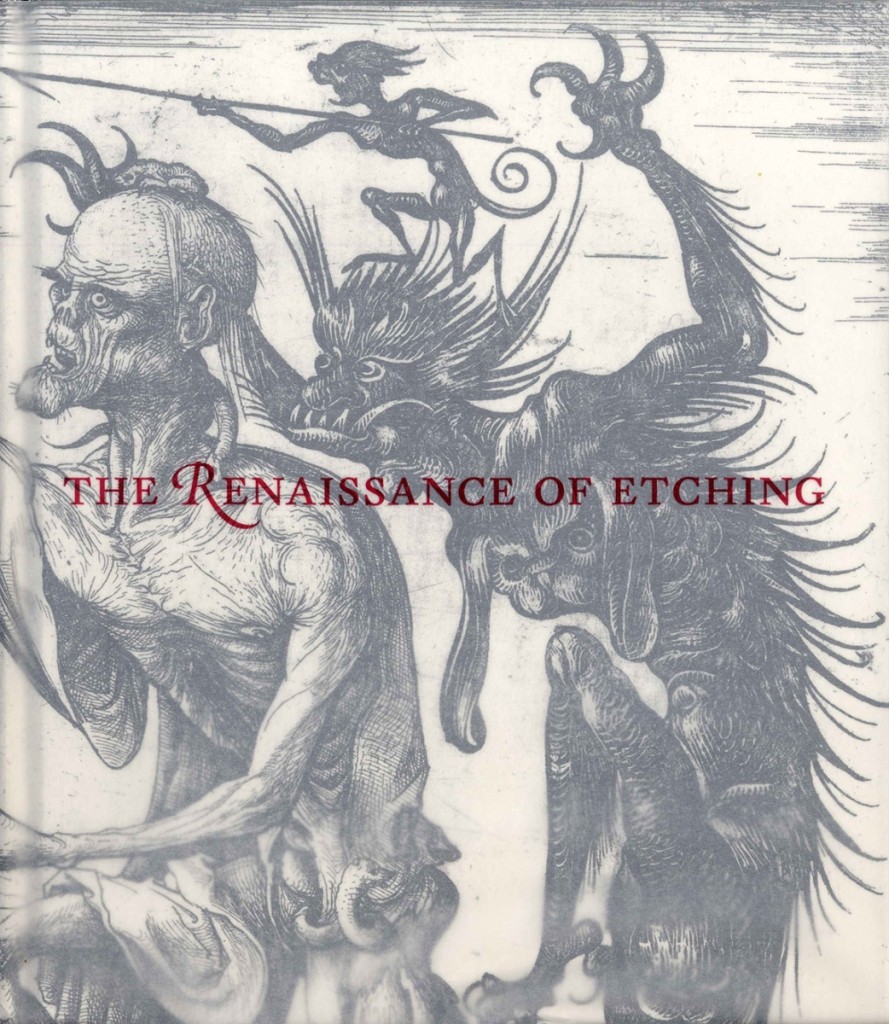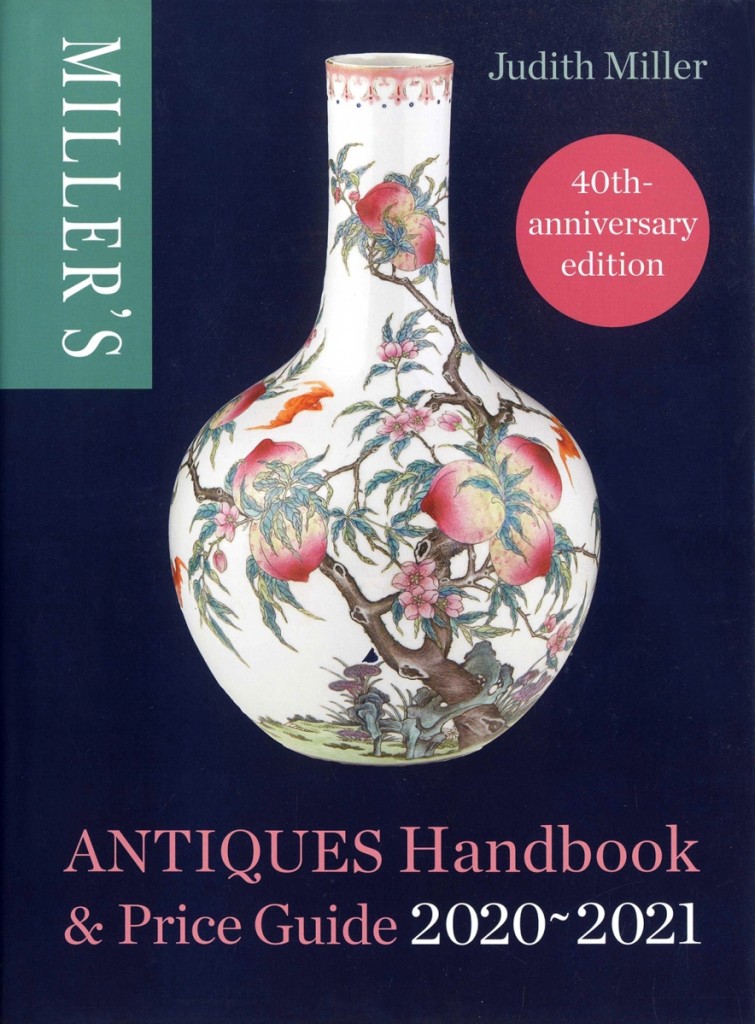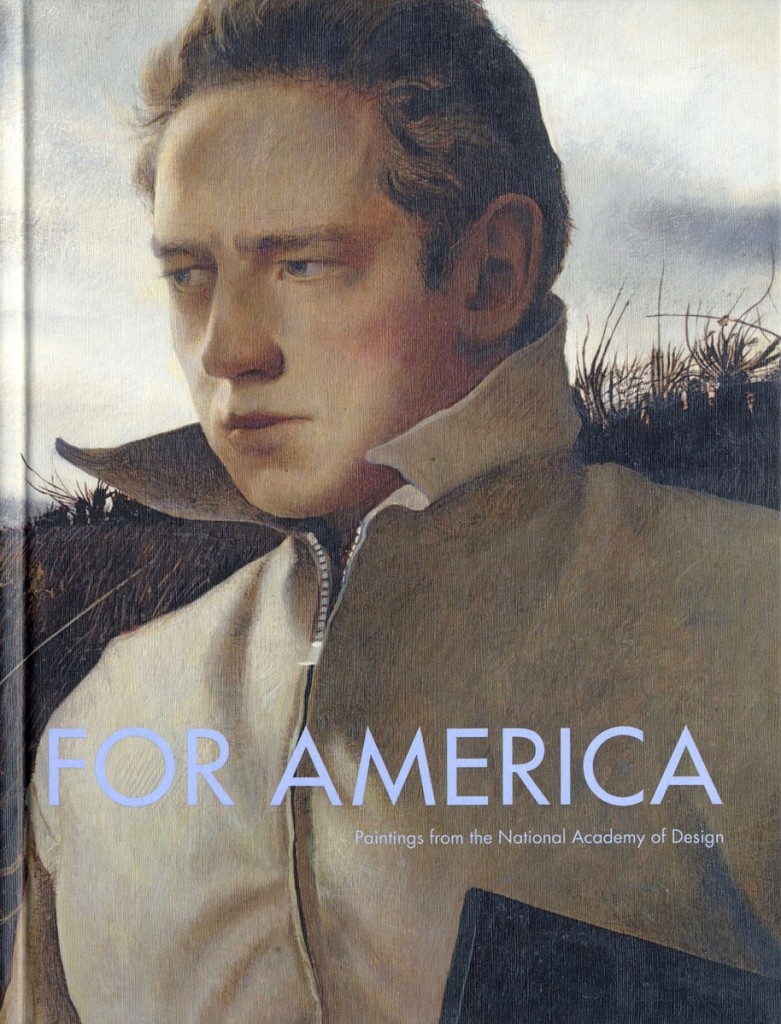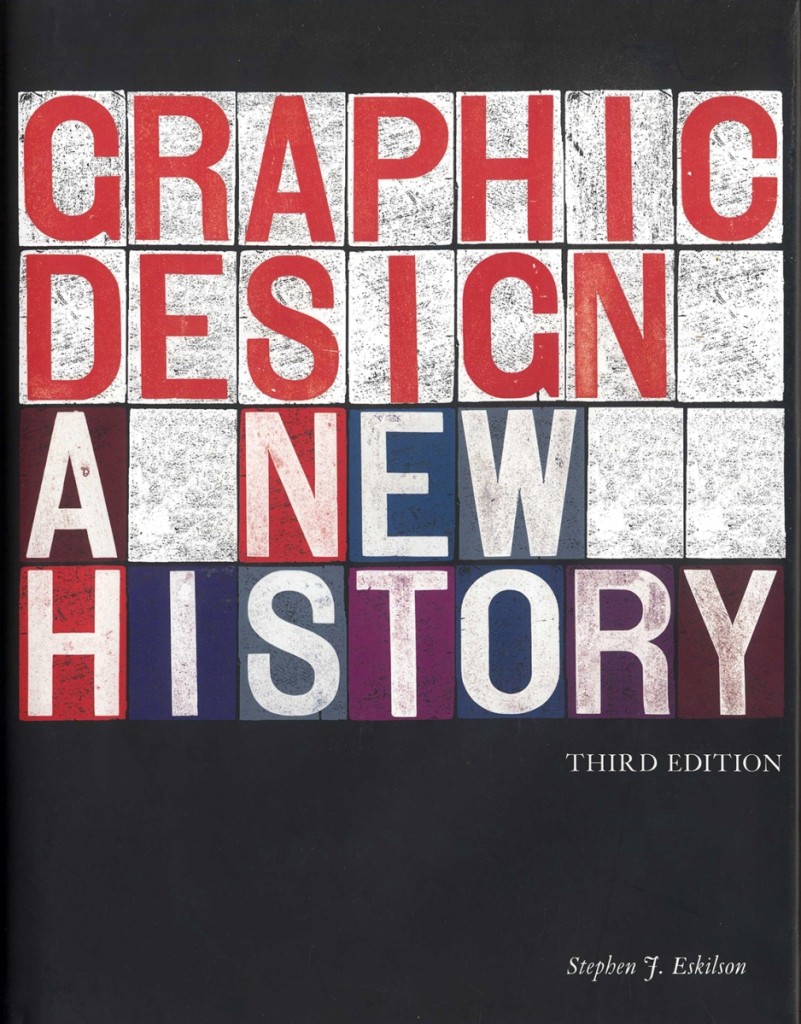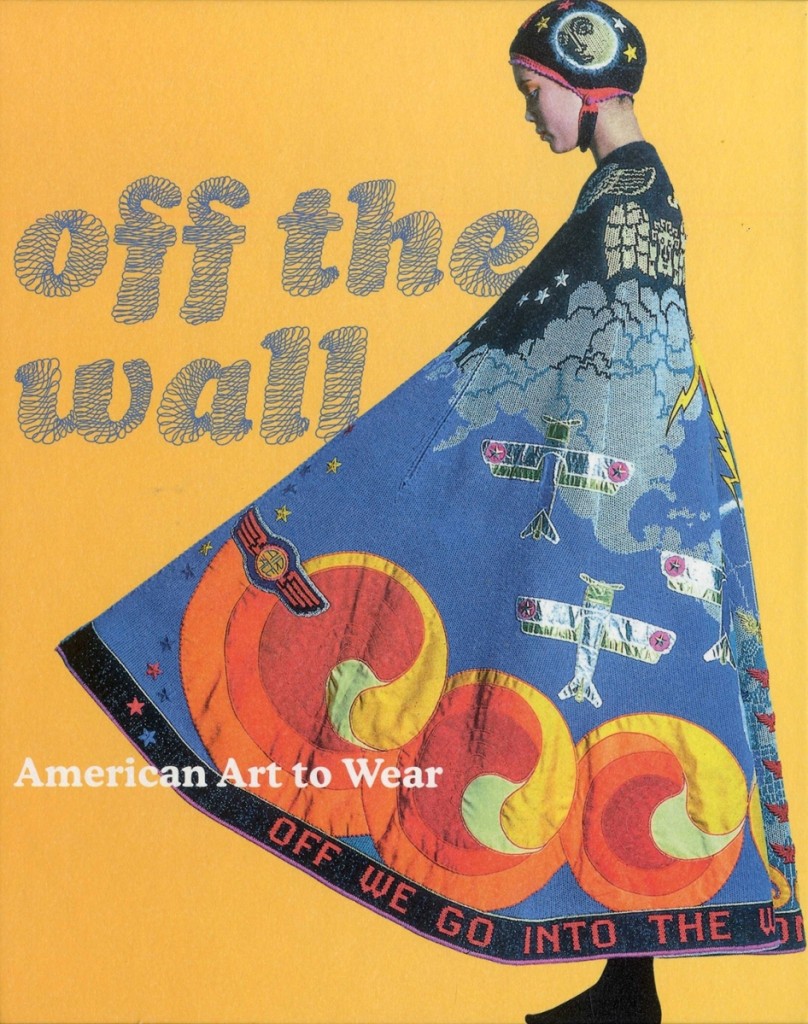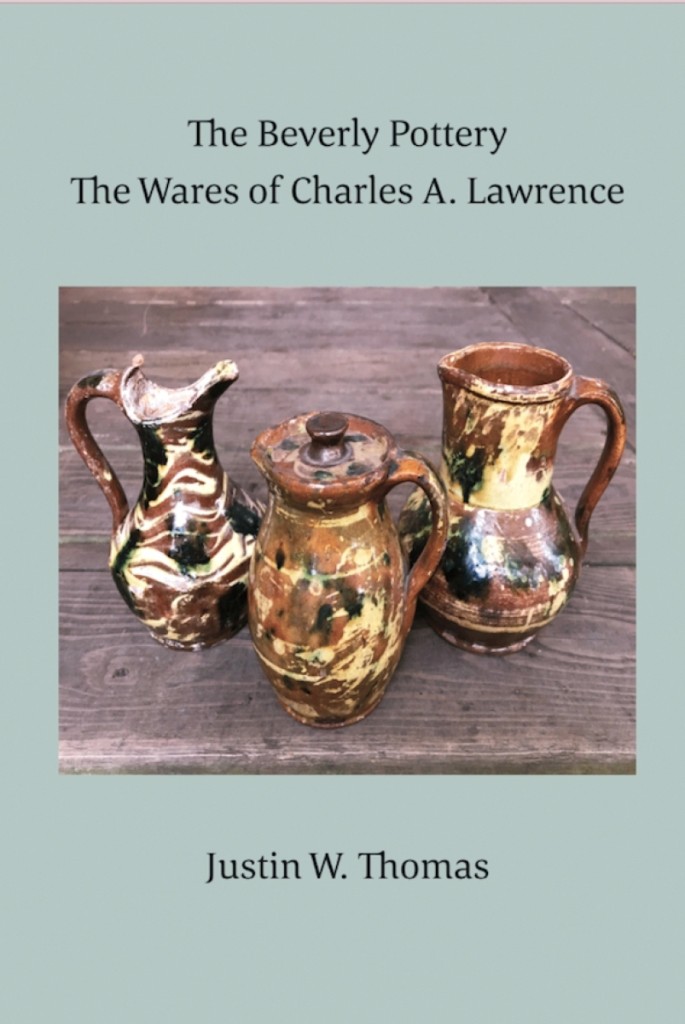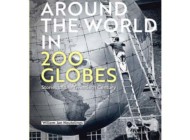As we approach the holidays, remember to offset some of that hectic pace with moments of rest and reading. Treat yourself to that book you’ve been meaning to crack open. Or if you haven’t even had time to think about that, allow us give you a hand. Following are reviews of some favorites from your Antiques And The Arts Weekly editors that include fly fishing, collecting, gardening, restoration, design, etching, music, milk cans and more. So remember to find that nook over the holidays and focus just for a little while on something that interests you. You deserve it.
Steve Woit, Fly Fishing Treasures: T he World of Fly Fishers and Collection ; printed by Pureprints, Ickfield, Sussex, U.K.; www.flyfishingtreasures.com; 2019; hardcover; 348 pages; Standard Edition $80; Author’s Limited Edition, $175.
Did you know there is more equipment associated with fishing than any other sport? And fly fishing gear is the ultimate example of innovation and evolution in craftsmanship and design.
Fly Fishing Treasures is a colorful review of the world of fly fishers and collecting, including 30 interviews with leading collectors, experts, museum and club curators, tackle manufacturers, auctioneers and dealers of antique, vintage and collectible fly fishing tackle.
The heavily illustrated book captures the beauty of the bamboo fly rod, the flies tied with exotic materials, fly reels, accessories, ephemera and books. With entertaining stories from the worldwide community of fly tackle experts and enthusiasts, this book reveals the author’s love of fly angling, past, present and future.
Author Steve Woit has been fly fishing for more than 40 years and is an avid collector of antique fly fishing tackle. He spent seven years meeting and interviewing leading collectors, experts, craftsmen and others; they provided him with access to private collections and told stories Woit passes along with their knowledge making this the definitive book on fly fishing treasures.
For the fisher or collector, dealer, student of fly fishing or interested observer, this niche publication appeals to a broader audience due to its style and fascinating stories and photos. –AK
Milk Cans: A Celebration of their History, Use, and Design by Ian Spellerberg; Northern Hemisphere Edition by Astragal Press, www.astragalpress.com; 2018; 261 pages; softcover; $35.
Who would think of writing an ode to the humble milk can, ubiquitous around the world, but hardly a collectible item, one would think. But Ian Spellerberg, emeritus professor of nature conservation at Lincoln University, New Zealand, thought it was a worthy topic and wrote this volume dedicated to the history, use and design of the milk can, churn, pail or whatever the local people called this type of container. Milk containers come in a diversity of sizes, shapes and designs; the iconic shape of the “typical” milk can has inspired toymakers, artists, playwrights, novelty manufacturers and sports-minded people, according to Spellerberg.
Milk cans, milk churns or milk pails have been used for centuries across cultures and geography, which is why they are some of the most photographed of all farmyard objects. Here, for the first time, the diversity in size, shape and design of milk cans is presented in a comprehensive and full-color publication. Through historic photographs the varied methods of transporting milk and the vehicles used are presented demonstrating the complexity of delivering milk and how it was adapted over time. The history of the dairy industry is touched upon, as are the cultural moves that affected the production of milk.
Milk cans often become family treasures handed down through the generations; insights about these and other social aspects of the milk can are included in the heavily and artfully illustrated volume. A foreword by Marc Allum, frequent specialist on the BBC’s Antiques Road Show and a listing of resources round out this fascinating and eclectic book. –AK
Kovel’s Antiques & Collectibles Price Guide 2020 b y Terry Kovel and Kim Kovel; Black Dog & Leventhal, www.blackdogandleventhal.com; 2019; 568 pages, softcover; $30
This is the 52nd edition of an annual guidebook popular among both casual and expert collectors. With 16,000 sale prices and 2,500 color photographs, this book includes more tips, marks, logos and photographs than any other antiques price guide. Unlike other price guides, which typically focus on high-priced items, Kovel’s 2020 prices a broader value spectrum of items used and collected in homes in the United States. The book is organized by categories popular with collectors, including toys, glass, advertising, furniture, silver, pictures, sports, jewelry, ceramics and more. The prices cited are based on auction sales during the year, rather than the estimates many other price guides focus on. The most expensive item was $500,000 for a Star Wars prop, the least expensive was a Howdy-Doody keepsake Christmas ornament for $1. A new feature for this edition, Kovel’s 2020 also includes a special illustrated section, “Collecting Trends: Iconic Designers of Twentieth Century Furniture.”
Terry Kovel has been a lifelong collector and is an expert on collecting antiques. She has written more than 100 books on antiques and collectibles. She writes a nationally syndicated newspaper column, a subscriber newsletter, an e-newsletter, and a popular website, www.kovels.com. Kim Kovel, daughter of Terry and Ralph Kovel, caught the collecting bug as a child, growing up in a house filled with antiques and traveling regularly to antique shows and flea markets all over the United States. She runs the Kovels’ website and has spent the last ten years as an author on the Kovels’ price guides and other Kovel projects.
–MHR
Savage Tales, The Writings of Paul Gauguin by Linda Goddard; Yale University Press, www.yalebooks.com; 2019; 208 pages; hardcover; $40
As a French artist who lived in Polynesia, Paul Gauguin (1848-1903) is an important figure in the histories of European primitivism. According to the publisher, this is the first book devoted to his wide-ranging literary output, which included journalism, travel writing, art criticism, and essays on aesthetics, religion and politics.
The book analyzes his original manuscripts, some of which are richly illustrated, reinstating them as an integral component of his art. The collage-like structure of Gauguin’s manuscripts enabled him to evoke the “primitive” culture that he celebrated, while rejecting the style of establishment critics. Gauguin’s writing was also a strategy for articulating a position on the margins of both the colonial and the indigenous communities in Polynesia; he sought to protect Polynesian society from “civilization” but remained implicated in the imperialist culture that he denounced.
This book will appeal to both the serious academic and the more casual aficionado of Gauguin’s works. –MHR
Everything for the Garden by Judith B. Tankard, Richard C. Nylander, Alan Emmet and Virginia Lopez Begg; Historic New England and distributed by Casemate Publishers, www.historicnewengland.org or www.casementpublishers.com; 2019; 144 pages; softcover; $30.
This is the latest volume in Historic New England’s pictorial history series. The book follows the process of home gardening in America and its dependence upon a myriad of how-to books, catalogs and advertising material that promise to provide “everything for the garden,” from information on design and plant selection to tools, clothing and pink flamingos.
This book is for anyone who enjoys gardening at home, visiting historic landscapes or admiring plants and flowers in art and culture. Colorfully illustrated using material with Historic New England’s extensive collection, the book celebrates the objects and literature that people used to make and enjoy these outdoor spaces from the mid-Nineteenth Century to today.
The bold color and graphics of this book will appeal to a myriad readership of all ages, while the brief essays are insightful without being overly academic. It is a must-have for every garden lover’s bookshelf. –MHR
Restoring Williamsburg by George Humphrey Yetter and Carl R. Lounsbury; Colonial Williamsburg and distributed by Yale University Press, www.yalebooks.com and www.colonialwilliamsburg.org; 2019; 290 pages; hardcover; $50.
This is a revised and expanded version of a book that was originally published in 1988 as Williamsburg Before and After. It updates the story of how Reverend W.A.R. Goodwin and John D. Rockefeller Jr undertook a major restoration of the Eighteenth Century colonial capital in the 1920s-30s. This version sheds new light on the original restoration and on the research that continues to reshape the town and our understanding of its history; it also includes aspects of Williamsburg’s history that were not explored in the original edition.
Illustrated with more than 350 photographs, watercolors, sketches, maps and other illustrations, Restoring Williamsburg features new images from both before and after the restoration.
Yetter, who wrote Williamsburg Before and After, was associate curator of architectural drawings for the Colonial Williamsburg Foundation until he retired in 2013. Lounsbury, who revised and expanded the original work, was senior architectural historian for Colonial Williamsburg until he retired in 2016. He is the author of a number of books and is coeditor of The Chesapeake House: Architectural Investigation by Colonial Williamsburg.
This coffee-table format book is an ideal gift for lovers of historic architecture and historic preservation, while the many interior views will appeal to lovers of antiques and material culture. –MHR
American Silver in the Philadelphia Museum of Art , Volume 1, A-F by Beatrice B. Garvan and David L. Barquist; Philadelphia Museum of Art, www.philamuseum.org in association with Yale University Press, www.yalebooks.com; 2018; 464 pages; hardcover; $150.
The Philadelphia Museum of Art has one of the most comprehensive and extraordinary collection of American silver in the United States. This book (volume 1 of what will be four volumes eventually) showcases the museum’s collection from the earliest makers 100 years before the American Revolution through groundbreaking contemporary designs.
Beginning with Cesar Ghiselin in 1681, Philadelphia has a long and storied history of silversmithing that includes notable artists such as Joseph Richardson Sr and Jr, Philip Syng Jr, and Olaf Skoogfors. Celebrating this legacy, this generously illustrated book features a broad array of objects that range from colonial-era tableware to original contemporary designs.
Arranged alphabetically by makers and retailers, this deeply researched, and lavishly illustrated exploration contains extensive biographies of makers, accompanied by detailed entries on individual pieces that are full of new discoveries related to artist marks, heraldic engravings and provenance histories.
An introduction by Beatrice B. Garvan, curator emerita of American decorative arts at the Philadelphia Museum, and notes to the catalog are followed by the heart of the book: the catalog of the collection. Each entry is accompanied by extensive photographs of the object or maker, its dates, marks, dimensions and provenance, including exhibitions or inclusion in books. Each entry is followed by extensive scholarly notes.
Rounding out the book are a concordance, references an index of markers, retailers and original owners and an index of forms.
A formidable first of four volumes, co-author David L. Barquist is the H. Richard Dietrich Jr curator of American decorative arts at the Philadelphia Museum of Art.
Well beyond a coffee-table book, this is a massive scholarly undertaking that should be in the library of any collector, dealer or library of silver, as well as its being a remarkable keyhole view into early colonial times and modern-day creators of objects of silver. Fascinating and engrossing, it is well-written as well as deeply researched. -AK
Let’s Fake A Deal by Sherry Harris; Kensington Publishing Corp., www.kensingtonbooks.com; 2019; 292 pages; softcover; $7.99.
Antiques Ravin’ by Barbara Allan; Kensington Publishing Corp., www.kensingtonbooks.com; 2019; 232 pages; softcover; $26.
Thread on Arrival by Lea Wait, Kensington Publishing Corp., www.kensingtonbooks.com; 2019; 310 pages; softcover; $7.99.
It is not often that the antiques world finds relief in fiction. Indeed those stories – anything to do with non-truth, in fact – often arouse suspicion. But what about actual fiction, where you sit back, kick your legs up and relax a little. Three 2019 releases have you covered: Thread on Arrival, Antiques Ravin’ and Let’s Fake A Deal.
Feline memorabilia, murder and millennials – all hot topics in the industry – are found in Sherry Harris’ Let’s Fake A Deal, another edition in the author’s series focused on protagonist Sarah Winston, who runs garage and estate sales. Set in small-town Massachusetts, this story focuses on Sarah’s current and past life, as well as a young couple trying to sell a trove of stolen merchandise.
The eighth story in Lea Wait’s Mainely Needlepoint mystery series, Thread on Arrival whisks readers away as they try to solve the murder of a veteran in a quiet town in Maine. Needlepoint friends Angie and Sarah set out to solve this crime, while also working to exonerate a suspect they believe is innocent.
The travels of antiques dealers Brandy Borne and her mother Vivian come into focus when a murder rocks an Edgar Allen Poe festival in Antiques Ravin’ by Barbara Allen, the latest installment of the author’s Trash N’ Treasures series. If there is one thing that binds antiques lovers, it’s the thrill of the hunt, the sleuthing and making a find. This book has all of that and more. -GS
30 For 30: Thirty Years On The Hunt by Glenn Adamson, Jonathan Clancy, Garth Clark, Rachel Delphia, Christine Gervais, Eve M Kahn, Grace Nkem, Etienne Tornier, Anna Walker; The Jason Jacques Gallery Press, www.jasonjacques.com; 2018; 283 pages; hardcover.
In celebration of the gallery’s 30th year in business, Jason Jacques launched the exhibition “30 for 30,” a selection of 30 Art Nouveau and contemporary works that ran January through March, 2019. Ceramics from Art Nouveau artists included Jean-Joseph Carriès, Ernest Chaplet and Hector Guimard, as well as contemporary design by Kim Simonsson, Gareth Mason and Aneta Regel. All artists received the treatment in this exhibition/catalog.
With some as early as 2006, a timeline of graphic advertisements displayed on the back pages charts the evolution of the gallery’s exhibitions at its 73rd Street location, where Jacques presented works from Amphora, Clément Massier, Zsolnay, Georges Hoentschel, among many others, and as they built upon the market for European pottery created between 1875-1925 and augmented it with contemporary offerings.
This book, the exhibition’s accompanying illustrated hardcover catalog, features essays from nine writers, many of them established authors on the decorative arts and curators in their field. It is an enjoyable read for anyone who wants to read a compendium of the great ceramicists in fin de siècle Europe, and to be exposed to new work from masters of the present day.
The catalog also serves to solidify the story of Jason Jacques the dealer, who transformed from a young man in the rows of flea markets into a New York City gallerist. In the first chapter by Garth Clark, the author notes that Jacques “may be the most unconventional dealer in New York, regularly disobeying all the rules. He is undoubtedly one of the most fascinating.” Of Jacque’s gallery space, Clark writes “Its present incarnation, eschewing the uniformity of the white cube, is a cross between the bat cave, an S+M dungeon and the interior of a tank. The walls, floors and ceiling are entirely surfaced in large dark steel sheets. It is surprising how well this works for most of his exhibitions.” -GS
Ernest Gimson: Arts & Crafts Designer and Architect by Annette Carruthers, Mary Greensted and Barley Roscoe; Yale University Press, www.yalebooks.com; 372 pages; hardcover; $65.
A survey of the Arts and Crafts movement is incomplete without a thorough look at one of its main figureheads, English architect-designer Ernest Gimson. Released just in the nick of time for the holiday season, Ernest Gimson: Arts & Crafts Designer and Architect is an authoritative visual and factual compendium of this craftsman’s output.
Gimson was a renaissance man and a believer in total design, the art of designing architecture and interiors down to the minute details, which is evident in his broad range of skills in furniture design, metalwork, plaster decoration, embroidery and more.
This book builds upon the knowledge of others, even Gimson’s contemporaries, who understood his importance in the moment. In his 1924 work Ernest Gimson, his life and work, W.R. Lethaby described him as a man of action, saying “Work not words, things not designs, life not rewards were his aims.”
Gimson’s foundation was laid when he joined the circle around William Morris in 1880s London. Though his reputation was solidified when he moved to English countryside, the Cotswolds, where he opened workshops and established a reputation for his distinct style and superb craftsmanship.
Speaking to his talent, art critic Nikolaus Pevsner called Gimson “the greatest of the English architect-designers.”
This book combines new research and archival material not previously published, including letters and documents in the hands of the Gimson family, 1950s scrapbooks by early Gimson enthusiast Charles Bramley, as well as the designs and archival materials in the hands of The Wilson, Cheltenham’s museum. -GS
The Renaissance of Etching by Catherine Jenkins, Nadine M. Orenstein and Freyda Spira; published by The Metropolitan Museum of Art, New York; distributed by Yale University Press, www.yalebooks.com; 2019; 308 pages; hardcover; $65.
In the age of technology, as the range of techniques used by artists increases every day, there are precious few that have remained unchanged: one of them is etching. In The Renaissance of Etching, authors Catherine Jenkins, Nadine M Orenstein and Freyda Spira chart this medium’s genesis back to Germany, the Netherlands, Italy and France, exploring its foundations and why it remains unchanged after 500 years of use.
The catalog was produced to accompany the exhibition of the same name at the Metropolitan Museum of Art, which is on view through January 20. It features contributions from an additional eight other authors and curators.
Back to this idea of technology – the footsoldier in the advance of civilization. Etching was indeed one of the most remarkable technological advancements of the Sixteenth Century. It came at a time, as Met director Max Hollein writes in his foreword, when “the limited range of media that existed for widely sharing a single image – mainly two, woodcut and engraving – could be practiced only by artists and craftsmen who had undergone years of training.”
The versatile, adaptable and easily learned process of etching was a game-changer, and the artists of the time – from Parmigianino to Pieter Bruegel the Elder and Frans Floris – who did not have a background in printmaking, now did not need it. They were now able to make prints. Add Albrecht Dürer into the mix and this retrospective on the medium begins to take shape with some of the earliest and widely reaching printed works on paper of the time.
Organized by age and country, this book offers a comprehensive overview that illustrates the contemporaneous environment across Europe surrounding this medium’s birth and the foundation laid for future artists, from Rembrandt to Goya, to expand upon. -GS
Antiques Handbook & Price Guide 2020~2021 by Judith Miller; Miller’s, www.millersguides.com, a division of Mitchell Beazley, www.octopusbooks.co.uk; 2019; 600 pages; hardcover; $45.
Forty years on, Miller’s Antiques Handbook & Price Guide remains the essential and trusted guide to the antiques market. It has earned the reputation of being the book no dealer, collector or auctioneer should be without. Compiled by Judith Miller, world-renowned antiques expert and co-founder of the book, the guide features more than 8,000 items with full color photographs, making it informative, up-to-date and invaluable.
This volume, the 40th anniversary edition, continues the tradition with comprehensive sections that cover ceramics, furniture, glass, silver and metalwares, jewelry and objets de vertu, clocks and watches, books, Oriental antiques, textiles, toys, decorative arts and Modern classics.
Special features explain why one piece is worth more than another, show how to value an item and instruct readers on how to value their collection. Biographies of designers and factories give the background information needed to help date and value objects, while special “Judith Picks” sections give fascinating background and valuation details for particularly interesting or unusual objects.
Miller began collecting in the 1960s while a student at Edinburgh University in Scotland. She has since extended and reinforced her knowledge of antiques and design through international research, becoming one of the world’s leading experts in the field. In 1979 she co-founded the international bestseller Miller’s Antiques Price Guide and has since written more than 100 books, which are held in high regard by collectors and dealers.
Miller appears regularly on TV and radio. She is an expert on the BBC’s Antiques Roadshow and co-hosts the popular BBC TV series The House Detectives, ITV’s Antiques Trail and Discovery’s It’s Your Bid. She has appeared on The Martha Stewart Show and CNN. She is a regular lecturer and contributor to numerous newspapers and magazines, and has lectured extensively, including at the V&A in London and the Smithsonian in Washington.
If you want to know the value of your antiques, or find out how the antiques market is faring, the world’s bestselling antiques price guide is the place to look. –AK
For America: Paintings from the National Academy of Design; edited by Jeremiah William McCarthy and Diana Thompson, Yale University Press, www.yalebooks.com; 2019, 304 pages; hardcover; $60
Here is a mirror – or perhaps in this decade, the metaphor might better be likened to the function on one’s smartphone camera that changes the outside view into “selfie” mode. Characterized by the publisher as “a sweeping look at the ways American artists have viewed themselves, their peers and their painted worlds over two centuries,” For America has as its premise self-portraiture -although not of the mundane kind but rather taken through the lens of the artist’s sensibilities, vision and world view.
From the book’s cover, a brooding self-portrait by American artist Andrew Wyeth done in 1945, through hundreds of pages that trace the past two centuries of American art and in homage to the artistic tradition at the National Academy of Design, we see a parade of artists and some of their key works. It’s because, the academy, the nation’s oldest artist honorary society has since its Nineteenth Century founding, maintained a unique collecting principle: each member gives a self-portrait (or, until 1994, a portrait by a contemporary Academician) as well as an example of their work. Thus, the artist as he or she imagines themselves – or is imagined by a peer – and his or her selected vision of their world are presented in tandem.
Of course, with two centuries to cover, the book’s diverse selection showcases a multitude, including Wyeth, Frederic Edwin Church, Eastman Johnson, Winslow Homer, John Singer Sargent, Thomas Eakins, Cecilia Beaux, Isabel Bishop, Charles White, Wayne Thiebaud, Louisa MatthÃasdóttir, David Diao, Jaune Quick-to-See Smith and Peter Saul, among others.
Editors McCarthy and Thompson have expertly wrangled essays pairing artists and their landscapes or figurative visions contributed by a roster of distinguished historians and art historians, curators, artists and architects. McCarthy is associate curator at the American Federation of Arts. Thompson is director of collections and curatorial affairs at the National Academy of Design.
And because it’s a catalog for a traveling exhibition, the book is a must-read for anyone contemplating seeing the show on its remaining national tour: New Britain Museum of American Art (Conn.) 11/07/19-02/02/20; Society of the Four Arts, Palm Beach, Fla. 02/22/20-04/26/20; the Dixon Gallery and Gardens, Memphis, Tenn. 07/02/20-09/27/20; New Mexico Museum of Art, Santa Fe, N.M/ (10/22/20-01/17/21); Figge Art Museum, Davenport, Iowa 02/20/21-05/09/21; and Crocker Art Museum, Sacramento, Calif. 06/06/21-09/12/21. –WD
The Power of Color: Five Centuries of European Painting by Marcia B. Hall; Yale University Press, www.yalebooks.com; 2019, 304 pages; hardcover; $45
It has taken two years of writing and a scholarly lifetime to conceive, but Marcia Hall’s expansive study of how color has been a key through-line over five centuries of European painting is well worth the Herculean effort. Hall is professor of art history at the Tyler School of Art at Temple University. In this book she takes insights gleaned from recent conservation studies to examine both artists’ techniques and materials to convey an understanding of how images come to look the way they do, why artists chose what materials to use and how those choices influenced the resulting works.
For example, Hall explores how Michelangelo radically broke with his contemporaries’ harmonizing use of color in favor of a highly saturated approach evident in the frescoes in the Sistine Chapel of Rome’s Vatican. Here, special conditions of his project – the Sistine vault is more than 60 feet above the head of the viewer and not brilliantly lit – were a key factor in his inventing a new coloring system that diverged from what his contemporaries were using.
Similarly, market demand for affordable pictures in Seventeenth Century Netherlands is examined for the popularization of subtly colored landscape paintings. Throughout, Hall’s examination of technical discoveries and how they launched new visual effects, political conditions and how they prompted innovations and economic changes that shaped artists’ strategies as trade became global, paints an expansive story.
It’s a sprawling survey and Hall presents her observations in a densely technical style that may challenge an average reader not steeped in the technical terminology. However, there are many fascinating details and insights revealed in the journey from Botticelli and Titian to Van Gogh, Munch and Kandinsky that are engaging. It is quite likely that even a casual reader will acquire some tools to look at paintings with fresh eyes. – WD
Play It Loud: Instruments of Rock & Roll by Jayson Kerr Dobney and Craig J. Inciardi with essays by Anthony DeCurtis, Aslan di Perna, David Fricke, Holly George-Warren and Matthew W. Hill; 2019; 236 pages; hardcover; $50.
Okay, so you missed the exhibition at the Met Fifth Avenue that closed this past October. Fear not rock fans, for much less than the cost of a nose-bleed seat in the balcony for an average “guitar gods” concert, you can revel in the images and lore presented in this brash and dazzling celebration of the instruments that created the sounds of rock and roll from the 1940s to the present day.
The dynamic duo of Jayson Kerr Dobney, the Met’s curator in its department of musical instruments, and Craig Inciardi, curator and director of acquisitions at the Rock & Roll Hall of Fame, have put together a must-have addition to any rock fan’s collection documenting the musical instruments that gave rock and roll its signature sound. Generously illustrated with photos of the genre’s iconic instruments – from Jerry Lee Lewis’s baby grand piano, Chuck Berry’s Gibson ES-350T guitar, to John Lennon’s Rickenbacker 12-string and Hendrix’s white Fender Stratocaster – and orchestrated in seven essays by veteran music journalists and scholars, this book traces how technological innovation married with artistic expression and consumer preferences propelled both the sonic and visual impact of the “holy triad” – guitar, bass and drums.
The objects are not only extraordinary in themselves – for example, Keith Richards’s hand painted 1957 Les Paul Custom electric guitar shown opposite the foreword – but the stories that accompany them disturb the institutional quiet of the museum and inform us of an ephemeral artform that has spiraled out of garages, basements, clubs and gigantic concert venues.
Produced in collaboration with the Rock & Roll Hall of Fame, this book goes behind the music to offer a rare and in-depth look at the instruments that inspired the musicians and made possible the songs we know and love.
Oh, and if you missed the Met’s show, it’s currently playing at Cleveland’s Rock & Roll Hall of Fame through September 13, 2020. -WD
Graphic Design: A New History , the third edition by Stephen J. Eskilson; Yale University Press, www.yalebooks.com; 2019; 464 pages; hardcover; $65.
Now in its third edition, this innovative look at the history of graphic design explores its evolution from the Nineteenth Century to the present day. Author Stephen J. Eskilson, associate professor of art at Eastern Illinois University, demonstrates how a new era began for design arts under the influence of Victorian reformers, tracing the emergence of Modernist design styles in the early Twentieth Century, and examining the wartime politicization of regional styles. Organized by chapter, the book chronicles the history of the Bauhaus and the rise of the international style in the 1950s-60s, and the postmodern movement of the 1970s-80s. In the last chapter, readers learn about current trends in graphic design, with in-depth discussions of grunge, comic book and graffiti aesthetics; historicism and appropriation; and the influence of technology, web design and motion graphics.
Conceived, written and designed as a textbook for students of graphic design, this third edition includes contemporary considerations with discussions of app design, social media, emojis, big data visualization and the use of animated graphics in film and television. -WD
Off the Wall, American Art to Wear; edited by Dilys E. Blum; Yale University Press, www.yalebooks.com; 2019; 216 pages; hardcover; $45.
This catalog accompanies an exhibition by the same name, which is on view at the Philadelphia Museum of Art through May 17. It is the first publication to consider art to wear, also known as wearable art, as a discrete American movement that mirrored the cultural, political, social and spiritual concerns of a generation that came of age in the late 1960s-70s. Trained primarily in the fine arts, they adopted nontraditional forms, materials and techniques to create works using the body as support, as well as the canvas for tattoos and body-painting.
Collectively, these artists have had a significant but underrecognized impact on art making and education. Their legacy continues today among younger artists who have embraced multimedia forms of expression. The work of more than 75 artists is vibrantly depicted in archival and newly commissioned photographs. Off the Wall provides a detailed introduction to art to wear between 1967 and 1997 and delineates the origins of the movement by linking it to developments in the arts of the period, from fiber art to painting. The vibrancy and richly textured field of wearable art is immediately apparent with even a quick read of this fascinating book that not only dispel any attempt to pigeonhole wearable art but will appeal to everyone from serious scholars of costume and couture history to fashionistas.
–MHR
The Beverly Pottery: The Wares of Charles A. Lawrence by Justin W. Thomas; Historic Beverly, www.historicbeverly.net; 2019; 108 pages; softcover; $12
Charles Lawrence’s Beverly Pottery Company played an important role in late Nineteenth Century Beverly, Mass.; pieces produced in Beverly can be found in museums across the nation. Justin Thomas, a scholar of Charles Lawrence and Beverly Pottery Company, has written a biography and historical exploration of C.A. Lawrence and his pottery. Thomas’ research and persistence has resulted in this first of its kind book and the culmination of ten years’ worth of research, exploring the life of Lawrence, the history of the Beverly Pottery, and the totality of the company’s production.
Born in Danvers, Mass., Charles Albert (Solares) Lawrence (1829-1904) learned about household red earthenware production as an apprentice at Joseph Reed’s pottery in Peabody, Mass., in the 1850s and early 1860s. He later established his own pottery in Beverly, around the end of the Civil War. This aspect of Lawrence’s career has been well documented, although it only represents a small percentage of his output as a career potter.
Thomas said, “I knew this was a significant company based on some of the known early production, but there was very little documented information. I began my search by speaking to some local longtime collectors and historians, visiting other private collections and museums all over the United States. I learned about a hand-painted ancient formed jug owned by the Metropolitan Museum of Art in New York City, made in Beverly in the 1870s. This was the only documented object in this style, which was a major area of production, beginning in 1872.”
Thus began Thomas’ research into the puzzle of Lawrence’s pottery. By the early 1870s, Lawrence introduced a new line of artware to the marketplace, which at the time was unique for American production. American consumers were infatuated with the decorative wares made by manufacturers in Europe and China at the 1876 Philadelphia Centennial Exposition which triggered the American art pottery movement.
For about 40 years, the wares made at the C.A. Lawrence Pottery were among the most innovative products made in America, bringing together household pottery, artware and commemorative objects.
The book includes well over 100 illustrations, advertising, business cards, exports, paperwork and most of the major pieces of documented Beverly pottery known to exist today. A fascinating read for both collectors and art pottery lovers; the book is well researched and fully documents the history of the C.A. Lawrence and his unique pottery. –AK

